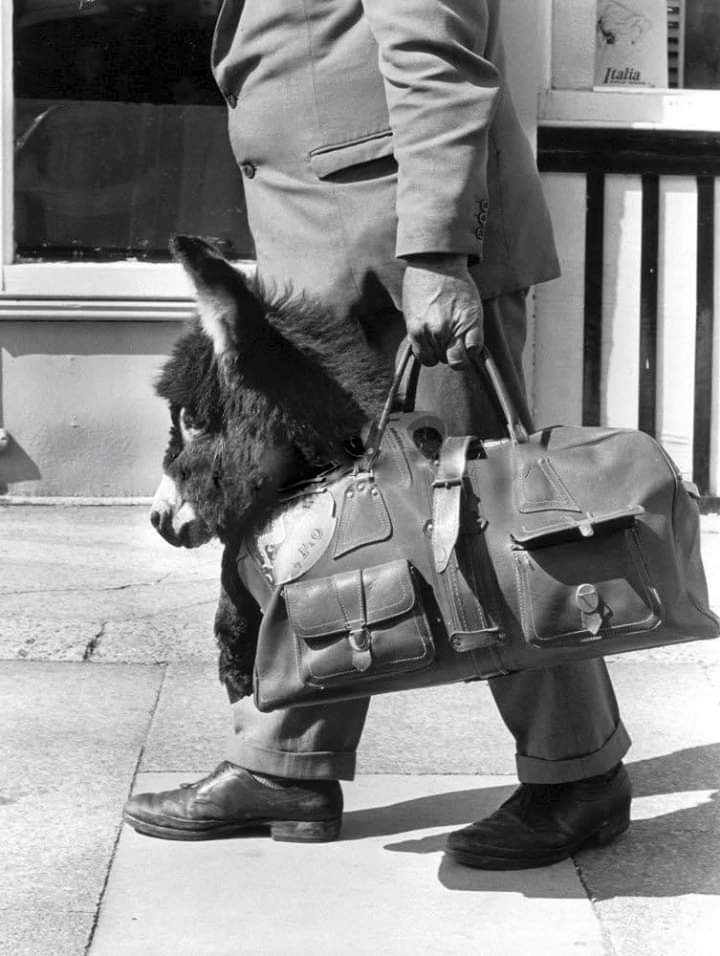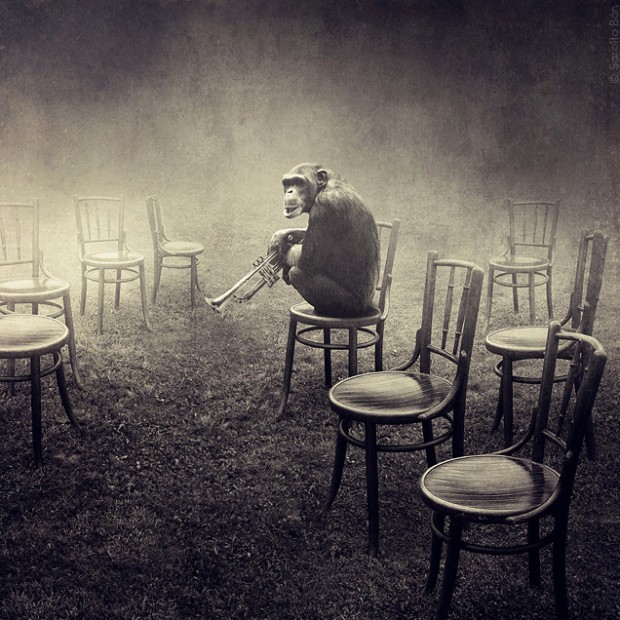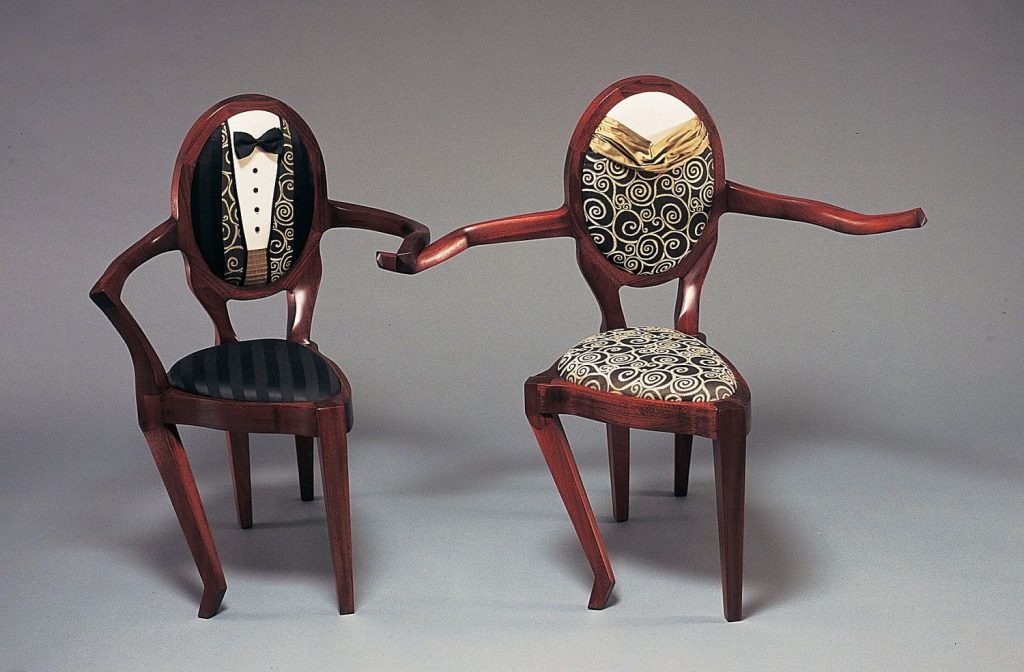For me, comparison
of psychotherapy to a dance is not figurative. My psychotherapy consultations
are interspersed with tango lessons. Sometimes I need an effort to remember
where I am and keep the format.
Sometimes a certain therapeutic problem would be more appropriate to solve by dancing. Borders, contact, sensitivity, focus of attention, intimacy, dependence and autonomy – all this you feel bodily in tango, you can observe and experiment. Sometimes I understand that to solve a problem in tango you need to sit on chairs.
As a psychotherapist, I usually feel like a tango-follower. To listen to the client, to be present, relaxed and alert, steady, attentive and ready for any movement. Let the client feel that I hear and understand him, but not move until I feel enough energy (“be present and do nothing”). Gently resist each movement to maintain contact. And only when there is enough energy and contact density, move with the client, interpret the music in the framework specified by him. I think the expression “active following” is very suitable for describing this role.
The role of the leader is sometimes more appropriate: the one who provides support for the client and sets the structure. Listens to music (context), feels the state of the client and decides which figure to lead to. He suggests, but does not start the movement, until he receives consent and knows that the two have enough resources to begin and complete the planned step, safely, conveniently and gracefully. Attentive to the wishes of the client, ready to provide a space, time and support for self-expression. And if the client has enough energy, ready to return to the role of a follower.
For me, both tango and therapy solve two common problems. First: bring more improvisation and spontaneity to the client’s dance. Relieve tension, diversify the structure, show that there are no mistakes. Second: to help the client convert his solo dance into pair dance. Express yourself through the other, stay between You and Me. I see both tasks as two facets of one aspiration – “self-expression in relationships” – a pair dance where each one is natural and attentive to oneself, to the other, to the music of life and to pairs around.




